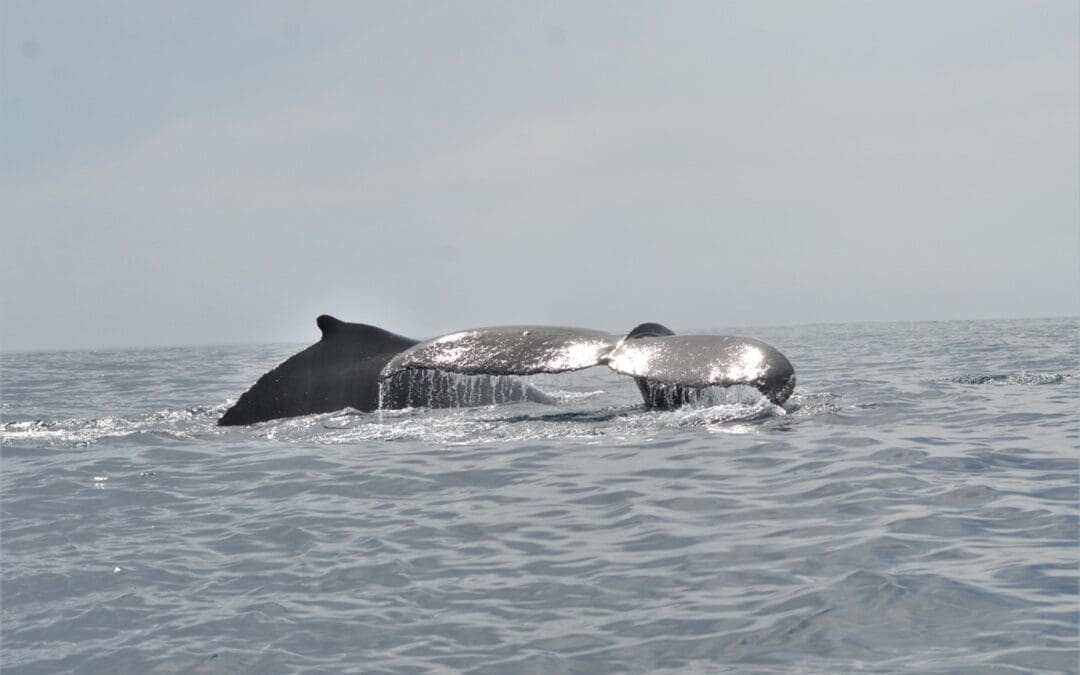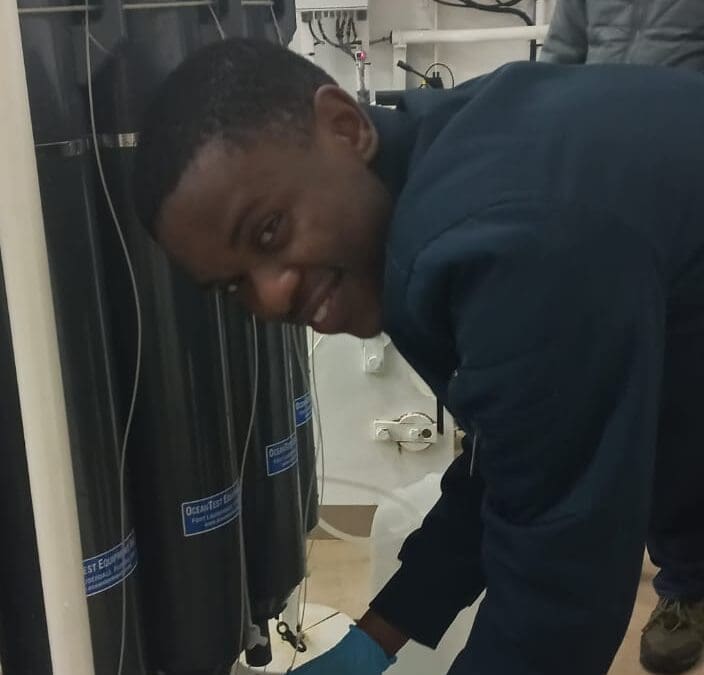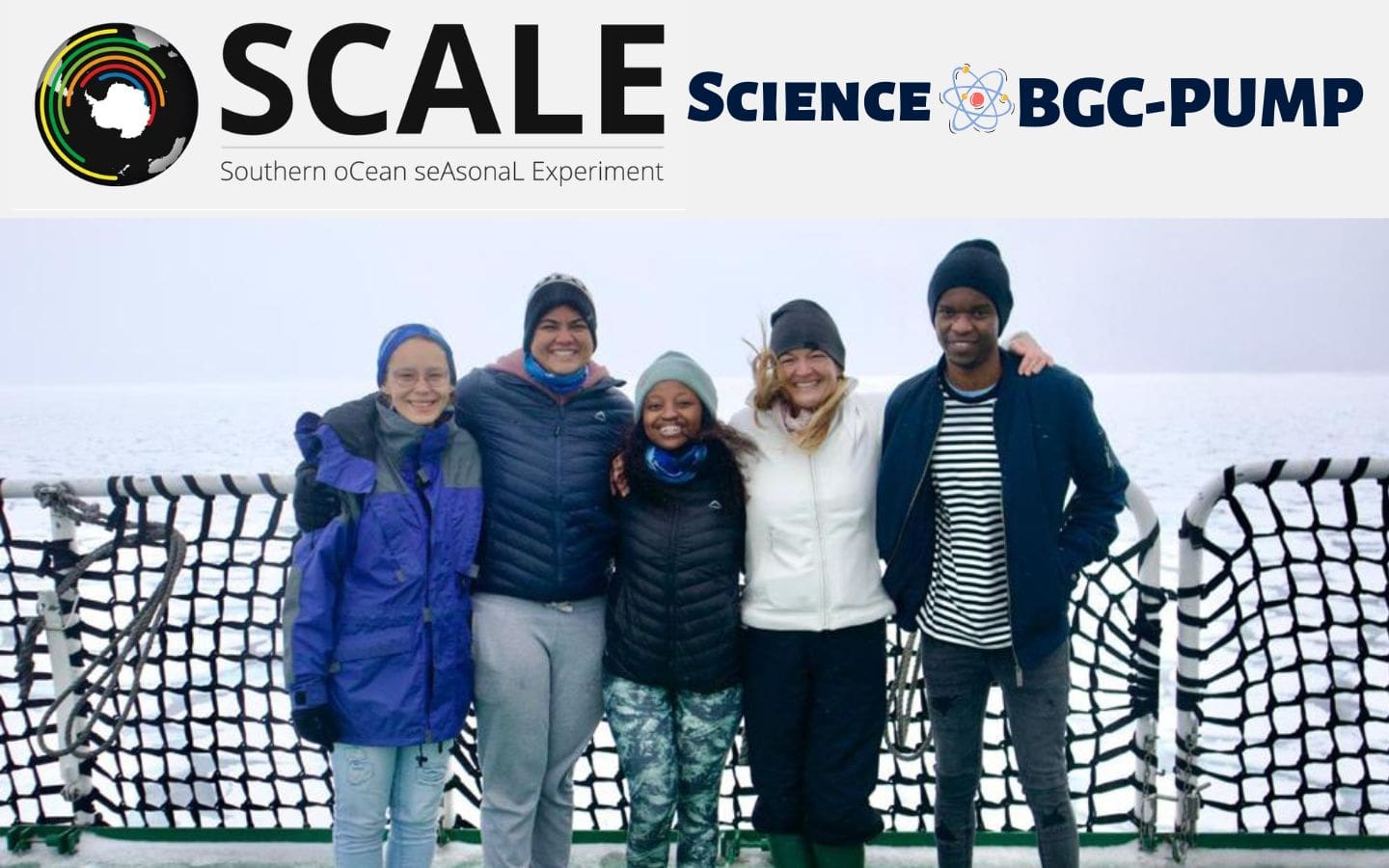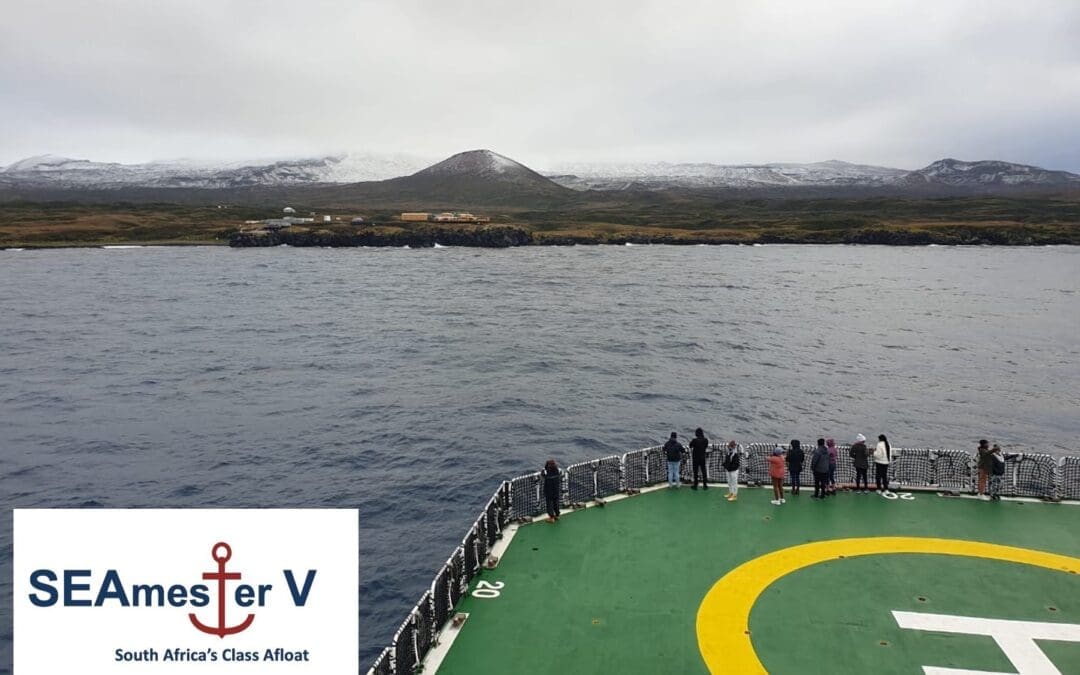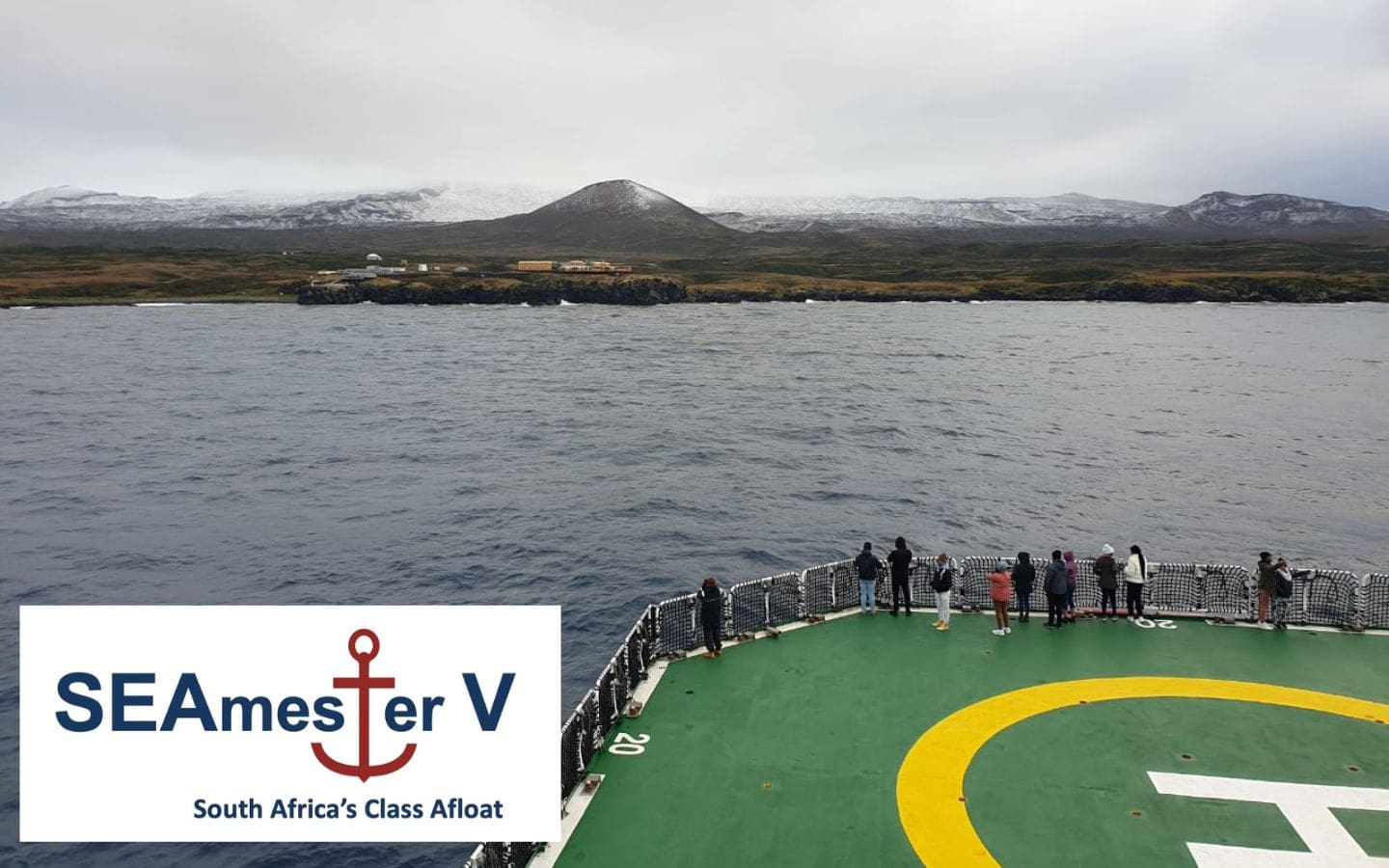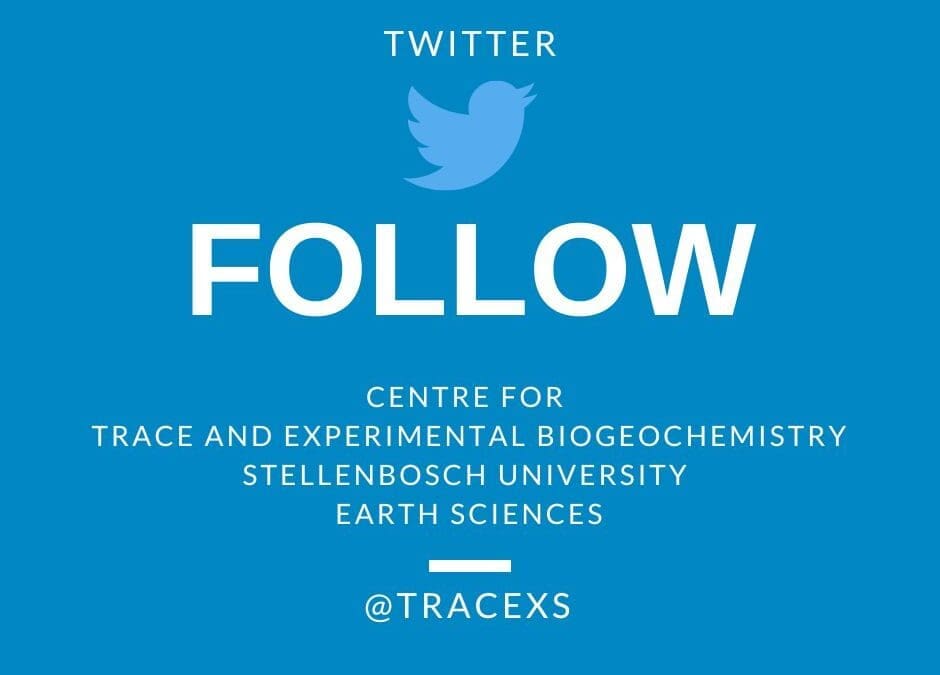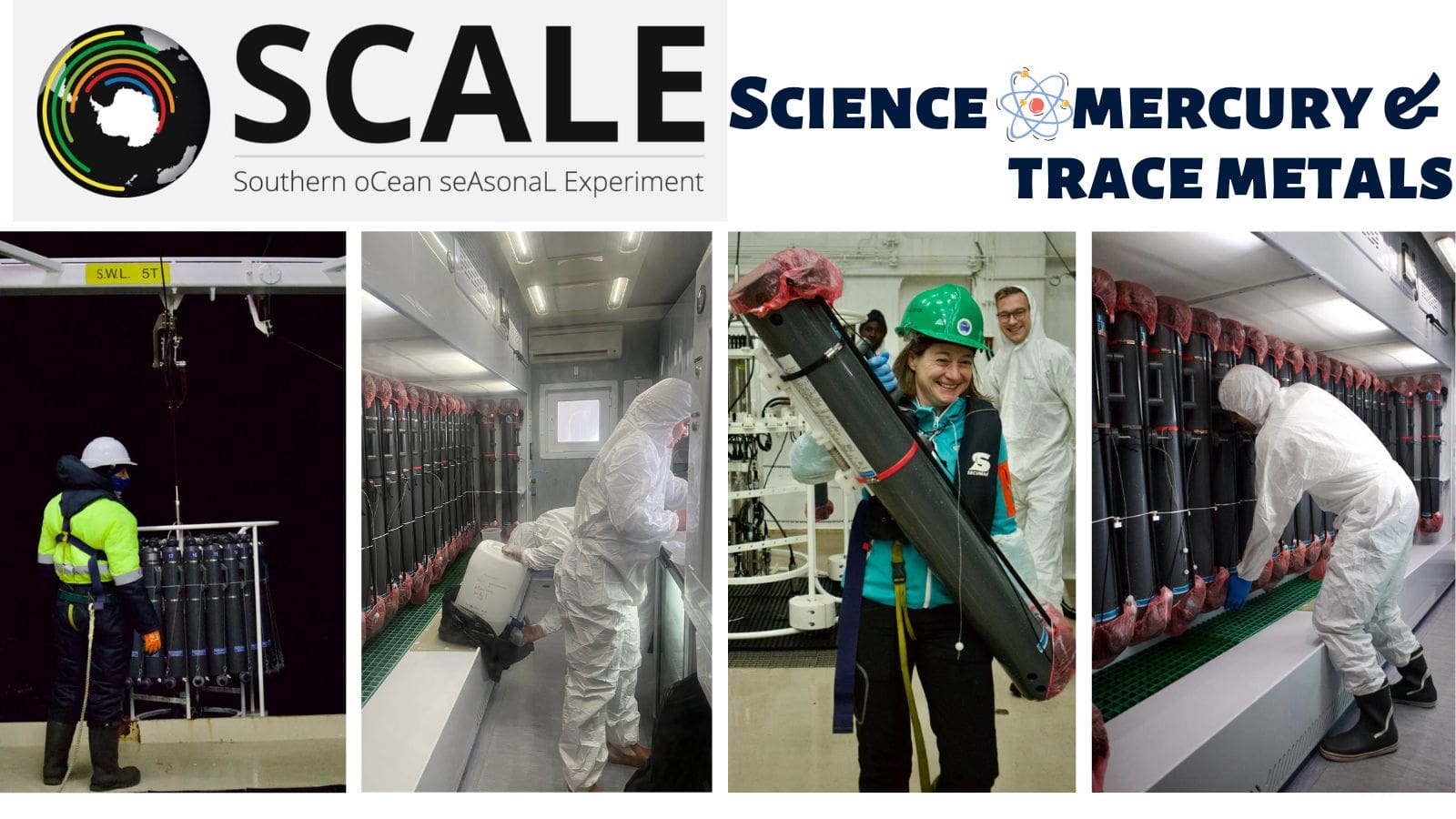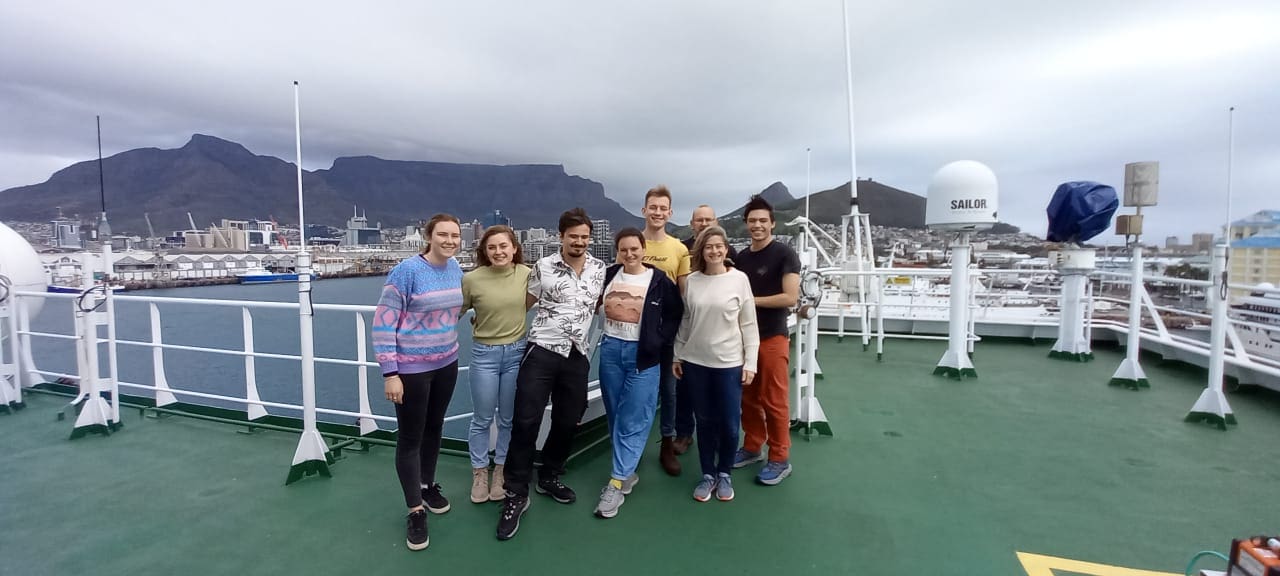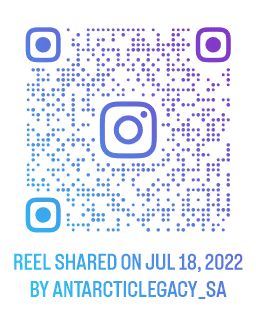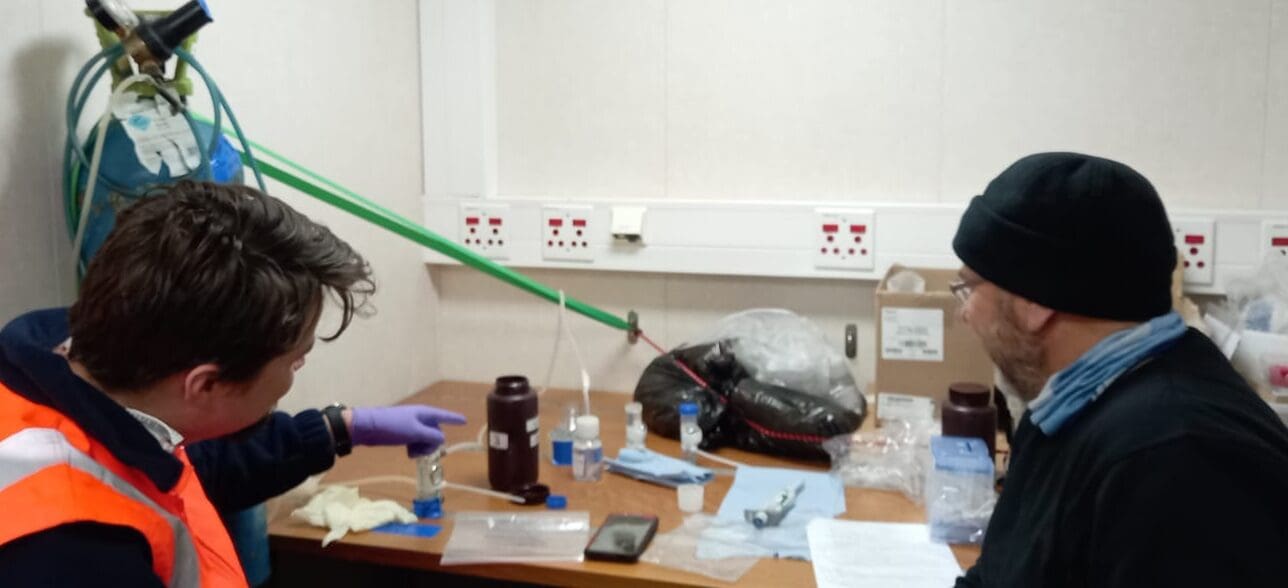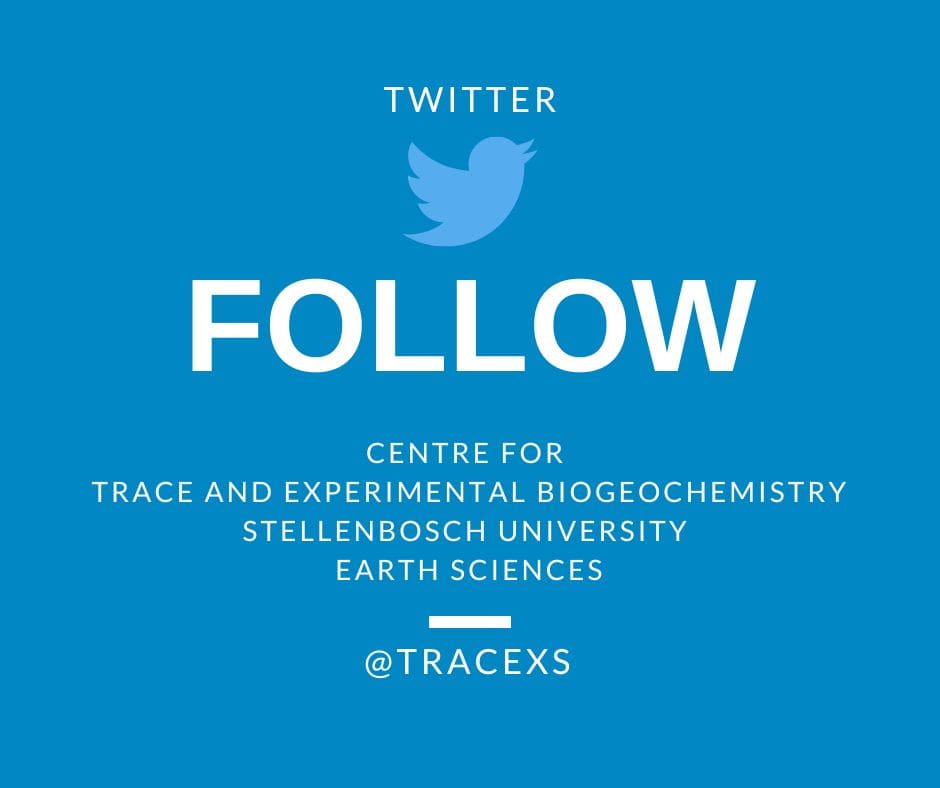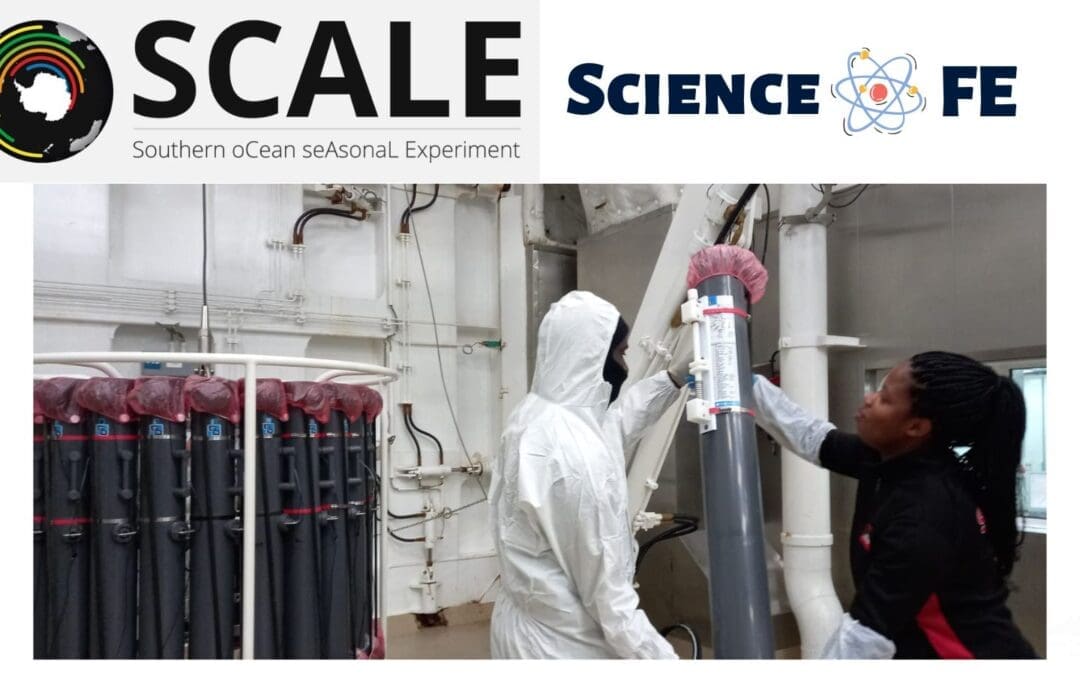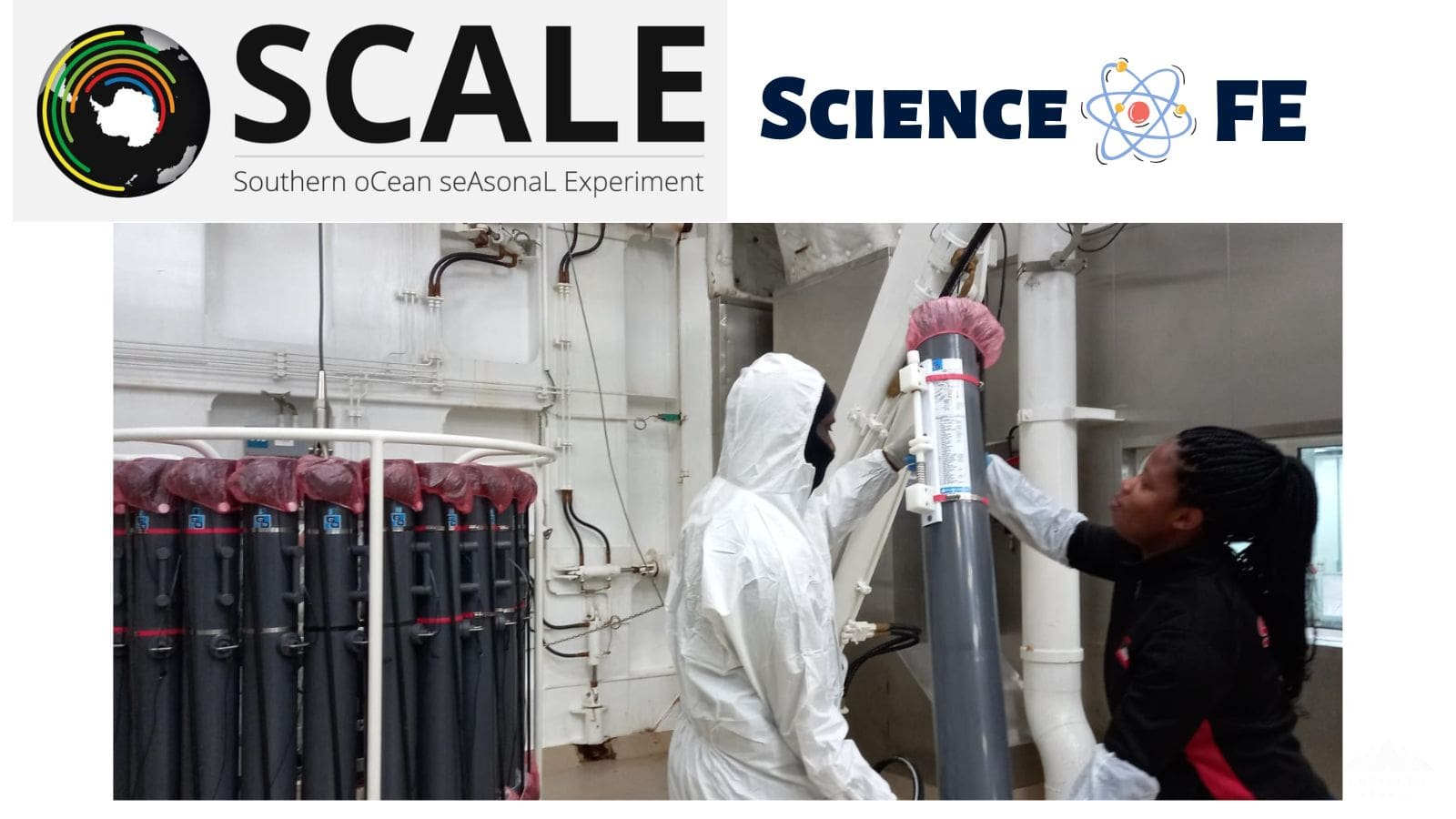
by Ria Olivier | Jul 26, 2022 | Antarctica, Current Event, Research, SA Agulhas II, SA Polar Research Infrastructure, SAPolarRI, Science, Southern Ocean, STEM
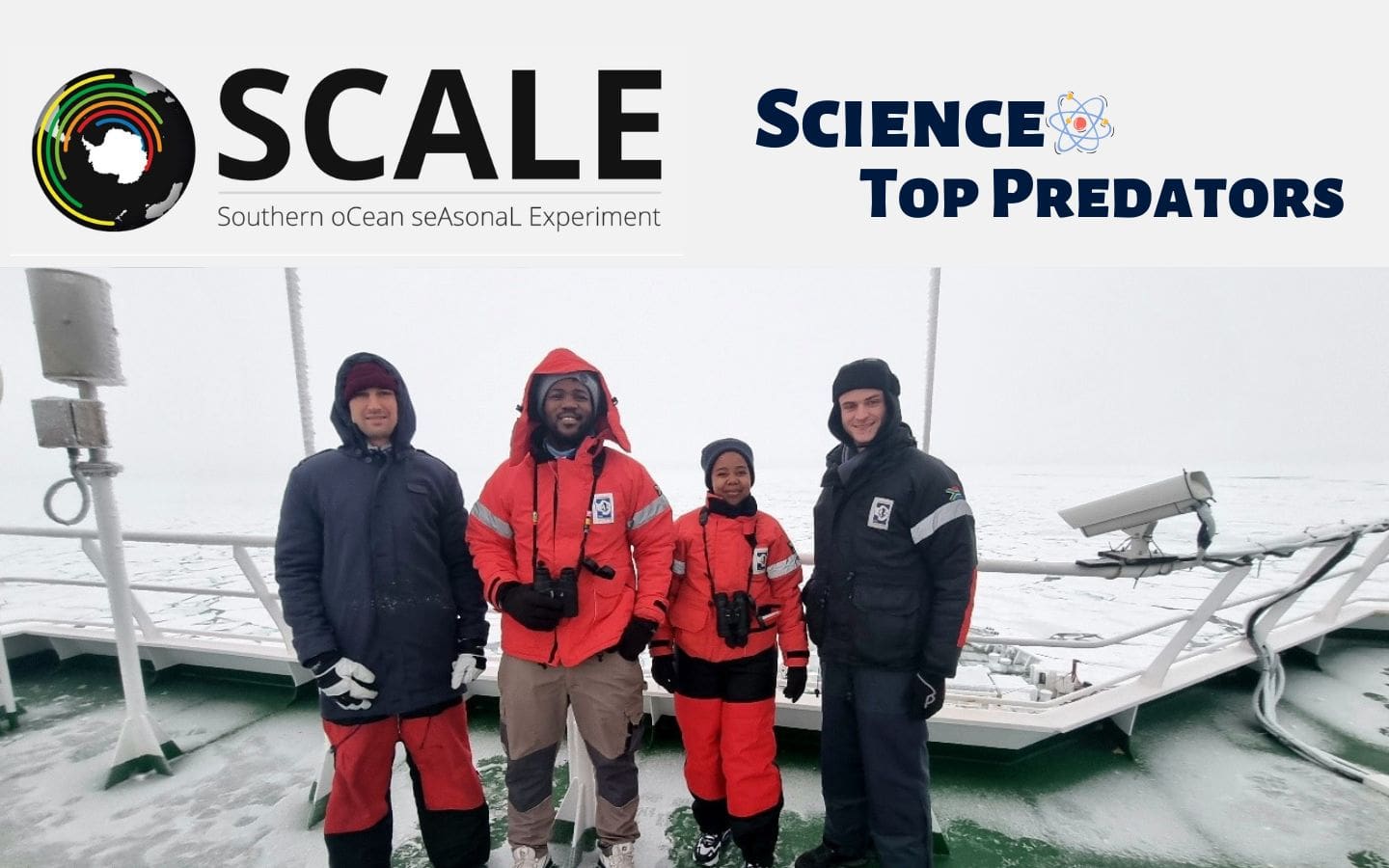
Top Predator team for seabirds and marine mammal observations during SCALE cruise 2022: (left to right) Matthew Germishuizen, Makhudu Masotla, Mpumalanga Mnyekemfu, and Estefan Pieterse.
| TEAM | TOP Predators |
| Project name | Top predator assemblages, distribution and abundance in the Southern Ocean |
| Principal Investigator | Azwianewi Makhado | Department of Forestry, Fisheries and the Environment (DFFE), Branch: Oceans and Coasts |
Onboard Top Predators team members:
| Team Member | Role | Affiliation |
| Makhudu Masotla | Team Leader
Research fellow
eDNA, Plastic pollution, At sea observer
| Department of Forestry, Fisheries and the Environment |
| Mpumalanga Mnyekemfu | Seabirds At sea Observer | Department of Forestry, Fisheries and the Environment |
| Matthew Germishuizen | Mammals At sea observer | Mammal Research Institute, University of Pretoria |
| Estefan Pieterse | Mammals At sea observer | Mammal Research Institute, University of Pretoria |
More about the project:
Seabirds and marine mammals are often the early indicators of changes in an ecosystem and display the effects of climate change vividly. Their distribution can be grouped into assemblages; which are species occurring in space and time. Ocean currents, physical and chemical forces generate nutrients necessary for primary productivity that accumulates biomass. These create hot spots of ecologically important zones for seabirds, marine mammals and several other marine taxa. There is a direct linkage of these structures to seabed topography, physical water properties and some oceanographic processes, such as fronts, eddies and local upwellings. Prey availability is mostly influenced by these features, therefore it is expected for top predators, such as seabirds to be found in these areas.
The overarching purpose of this expedition was to collect distribution and abundance data on seabirds, and marine mammals. We envisage several conservation applications using data that this project should generate, such as to define ‘ocean hotspots’, where visible marine life (such as seabirds or cetaceans) congregate in relative abundance and with some degree of consistency. Further objectives are to identify important areas for highly threatened species such as albatross and petrels. These areas might become marine Important Bird Areas or contribute to the designation of Marine Protected Areas, special nature reserves on the high seas, and no-take zones to protect sensitive species from commercial fishing. The additional aim is to determine the distribution and abundance of seabirds and marine mammals in the southern ocean in relation to a number of different environmental variables (e.g. surface temperature, chlorophyll, fronts, etc.) in order to address the knowledge gap around their at-sea movements in our study area.
Acoustic data
Antarctic krill Euphausia superba is a keystone species in the Antarctic ecosystem as it is prey to various top predators i.e. seabirds, whales, seals, and fish. To establish predator-prey relationships between marine mammals/seabirds and krill, acoustic data will be collected from three transducers (i.e. 38, 120 and 200 kHz) mounted on the drop keel of the SA Agulhas II. The data collection will not interfere with any other scientific operations and will be autonomously logged. Information produced by this study will give relative abundance and distribution of krill relative to the visually observed seabirds and marine mammals. This information will also be crucial for the management and conservation of different endangered marine animals.
Environmental DNA (eDNA) detection represents a powerful tool for assessing aquatic biodiversity and for the efficient detection of “hard-to-find species,” including top predators. Detection of a species-specific eDNA sequence implies the presence of this species in a certain area. Knowledge of prey items established using metabarcoding within the scats, guano, pellets, stomachs and regurgitates of mid-level and high-level components of the food web may highlight spatial differences in diet, behavior, or environmental pressure. Metabarcoding has the potential to assess the presence of hundreds of species in both the environment and the diet of predators. The top predators team will therefore be collecting eDNA samples towards the fulfillment of the metabarcoding objective.
Text and images: AB Makhado, M Seakamela, M Germishuizen, M Mnyekemfu, E Pieterse and MM Masotla.
Anche Louw, Antarctic Legacy of South Africa, 26 July 2022.

by Ria Olivier | Jul 25, 2022 | Antarctica, Current Event, Research, SA Agulhas II, SANAP, Science, Southern Ocean

| TEAM | BGC-PUMP |
| Project name | Climate sensitivity of the Southern Ocean biological
carbon pump |
| Principal Investigator | Sandy Thomalla | Council for Scientific and Industrial Research (CSIR) |
| Principal Investigator | Thomas Ryan-Keogh | CSIR |
| Co-Principal Investigator | Lisl Lain | CSIR |
Onboard team members:
| Team Member | Role | Affiliation |
| Lisl Lain | Onboard Team Leader | CSIR |
| Annicia Naicker | PhD | CSIR |
| Attang Biyela | PhD | CSIR |
| Lillina Ruiters | MSc | CSIR |
| Sifiso Mpapane | MSc | CSIR |
More about their research:
Phytoplankton primary production and carbon export to the deep ocean, (i.e. the biological carbon pump) are considered a major contributor to the sink of natural Carbon Dioxide (CO2) removing an estimated 3 Pg (Petagrams) of carbon from surface waters south of 30°S each year (33% of the global organic carbon flux) (Schlitzer et al., 2002).
The Southern Oceans biological carbon pump also plays an important role in regulating the supply of nutrients to thermocline waters (Subantarctic Mode Water and Intermediate Water) of the entire Southern Hemisphere and North Atlantic (Sarmiento et al., 2004), which in turn drives low latitude productivity and associated carbon export (Sigman and Boyle, 2000). As such, changes to the biological carbon pump are considered to have the potential to be one of the most important positive feedbacks on climate change (Hauck et al., 2015). Expected changes in the Earth’s climate will alter sea surface temperatures, water column stability (stratification), mixing and pH (ocean acidification), all of which will impact phytoplankton production and the effectiveness of the Southern Ocean biological carbon pump. However, the processes and dynamics that define the direction, the magnitude and the rates of change (ie: climate sensitivity) are not well understood. Part of our lack of understanding of this complex problem lies in the chronic under-sampling of the region and inappropriate parameterisation of biological processes in Earth System Models (used to predict global climate projections) that do not reflect Southern Ocean processes.
SOCCO research addresses this challenge by deriving regionally robust information from observations that allow new insight into Southern Ocean ecosystem function. This multifaceted approach aims to 1) characterise the phytoplankton population and drivers of variability of primary production and carbon export efficiency, 2) investigate the impacts of ocean acidification from a multi driver context and 3) develop and apply ocean colour algorithms for insight into a) intra-seasonal and inter-annual variability and b) long-term trends. Understanding gained from this research provides the basis for revised model parameterisations of Earth System Models to better represent Southern Ocean processes for improved climate projections.
What is currently being done on the SCALE Winter cruise:
Our group is responsible for carrying out routine measurements that characterise the phytoplankton population such as chlorophyll-a concentration (a proxy for phytoplankton biomass), particulate size distributions, particulate organic carbon (POC) & dissolved organic carbon (DOC) concentrations, community structure composition (from high-performance liquid chromatography, (HPLC)), and particulate absorption.
In addition, our group is carrying out four different sets of experiments that investigate various aspects of the role of the biological carbon pump. The first carried out by PhD student Attang Biyela examines the combined effects of temperature and ocean acidification on phytoplankton primary production, nutrient uptake, physiology, and community structure through a series of multiple driver manipulation incubation experiments that simulate projected temperature and pH conditions.
The second set of experiments carried out by MSc student Lillina Ruiters uses a chlorophyll fluorescence technique (termed fast repetition rate fluorometry – frrf) to estimate rates of primary production through the derivation of electron transport rates as a measure of photosynthetic capacity. Her study then uses a statistical approach to investigate the uncertainties that result from various mathematical models to derive rates of primary production and the dominant ecological drivers of variability in key photophysiological parameters.
The third set of experiments carried out by team leader Lisl Lain and MSc Student Sifiso Mpapane looks at the optical effects of photoacclimation and iron limitation on phytoplankton inherent optical properties (IOP’s) in order to better interpret satellite radiometry and optimise the retrieval of phytoplankton optical properties and hence biogeochemical quantities from satellite. These responses are frequently characterised by an increase in cellular chlorophyll, which can lead to an overestimate of biomass by satellites, and has consequences for our understanding of chlorophyll-a concentration as a proxy for biomass and hence carbon retrievals.
Finally, the fourth experiment carried out by PhD student Annicia Naicker collected sinking organic particles (termed marine snow) at different depths in the water column in order to develop a better understanding of the role of particle size, ballasting and the activity of microbes in dictating the drivers of efficiency of the biological carbon pump in the Southern Ocean.
Together these various approaches will help improve our understanding of the complex and vital role of the Southern Ocean biological carbon pump in regulating global climate both now and in the future.
Follow SOCCO-CSIR on Twitter!

Text supplied by Sandy Thomalla (PI).
Images supplied by Kurt Martin (SAPRI trainee) and BGCPUMP team members.
Anche Louw, Antarctic Legacy of South Africa, 25 July 2022.

by Ria Olivier | Jul 22, 2022 | Antarctica, Current Event, Meteorology, Research, SA Agulhas II, SANAP, Science, Southern Ocean, STEM

METEO team: (L-R): Marc, Carla, Taygan, Shaakirah, Berhnard and Mark.
| TEAM | Meteorology |
| Project name | Operational Marine Meteorology |
| Principal Investigator 1 | Tamaryn Morris | South African Weather Service (SAWS) |
| Principal Investigator 2 | Marc de Vos | SAWS |
Onboard METEOROLOGY team members:
| Team Member | Role | Affiliation |
| Marc de Vos | Onboard Team Leader | SAWS |
| Carla-Louise Ramjukadh | Meteo analyst/technician | SAWS |
| Mark Fourie | Forecaster | SAWS |
| Berhnard Schmitz | Ice analyst/technician | SAWS/AWI (Germany) |
| Ocean Obs team collab with METEO |
| Taygan Roberts | XBT, Argo float and drifter deployments | CPUT |
| Shaakirah Sulaiman | XBT, Argo float and drifter deployments | CPUT |
The project description as per the sailing orders for the SCALE Winter Cruise of 2022:
The Operational Marine Meteorology project includes routine (operational) and R&D (research and development) activities related to the collection, processing, and provision of marine environmental information to support primarily safe marine navigation and activity, and support weather-climate research. Specific outcomes for SCALE Winter 2022 include: 1) Provision of relevant and accessible met-ocean (meteorological and oceanographic) forecast information to bridge and science teams to assist navigation and science planning. 2) Training of personnel with respect to marine forecasting and vessel support. 3) Production of a set of standard along-track meteorological measurements & observations for the cruise to support decision-making and for supporting use in other research. 4) Deployment of instrumentation to enhance assimilation of Southern Ocean data into global numerical weather/ocean prediction models (limited w.r.t data denial experiments). 5) Observations of sea ice related to ground truthing of sea ice edge analysis and forecasting. 6) Post-cruise assessment of global NWP performance along cruise track.
Images supplied by Kurt Martin, SAPRI trainee.
Anche Louw, Antarctic Legacy of South Africa, 22 July 2022.

by Ria Olivier | Jul 21, 2022 | Research, SA Agulhas II, Science, SEAmester, Southern Ocean

SEAmester – South Africa’s Class Afloat was started by Prof Isabelle Ansorge, Head of Oceanography, UCT in 2016 and coordinated by Tahlia Henry.
The program was birthed in the wake of formerly known as DST’s, Global Grand Challenge was issued to explore platforms that “attract young researchers to the region and retain them by exciting their interest in aspects of global change; while developing their capacity and professional skills in the relevant fields of investigation”. SEAmester has fulfilled this challenge with a program designed to bring together South African postgraduate students, within the marine sciences from over 19+ universities to participate in a multi-disciplinary learning cruise aboard flagship research vessel, the S.A. Agulhas II.
After a long 2-year long hiatus of the SEAmester program, due to the COVID-19 pandemic, SEAmester made a valiant return this year setting sail on the 27th of June – the 8th of July 2022.
A number of eager students applied this year but only 37 were selected and divided into two separate streams, namely “Tools of the Trade” and “Oceans in a Changing Climate”. Each stream caters to the vast world of marine science, with “Tools of the Trade” focussing on instrumentation/physical oceanography and the “Oceans in a Changing Climate” focusing on biological/chemical oceanography. Each stream has a dedicated team of lecturers on board who deliver comprehensive lectures and talks followed by hands-on deck work and practicals on a daily basis. A third stream is offered to all students which is the “Art” stream, this allows students to be creative in tasks such as tiled mosaics, photography, and documenting their cruise through film-making.
Meet the Students Meet the Lecturers
Students are also able to interact and work alongside a team of scientists onboard performing research along a monitoring line – ASCA (Agulhas System Climate Array). This year, SEAmester took on a slightly different cruise plan with a detour to the sub-Antarctic Prince Edward Islands. The science objectives on board were altered to accommodate the detour and set to hunt down and sample an anti-cyclonic eddy forming off the Agulhas bank.
Students were exposed to exciting benthic dredge work, CTDs casts, and Argo Float deployments across the anti-cyclonic eddy. Aside from their science engagements on deck, students were tasked with a number of projects and practicals which they presented on towards the end of the voyage. Students were given a full schedule but the highlight of this voyage and the unexpected golden nugget was being able to see Marion Island in the heart of winter, an experience I’m sure most won’t forget.
This SEAmester voyage was challenging in many aspects however the rewards far out way any trials we faced. Being at sea has a plethora of challenges which one needs to overcome, even more so when a full schedule is adhered to. But we have no doubt that this year’s SEAmester students rose to these challenges and walked away with not only a wealth of knowledge but also learnt some key life lessons and made everlasting friendships. With that said the biggest success of SEAmester remains to be its ability to break down social, cultural, economical, and racial barriers between students and in doing so build the next generation of marine scientists.

SEAmester V Student testimonials
“SEAmester V exceeded all of our expectations! I am truly blessed to have been given the opportunity to learn from the scientists and gain hands-on experience on the decks of the SA Agulhas II. I will forever cherish the memories & friendships that were made :)” – Zaahid Khan, WITS
“What an opportunity! What a lifetime experience! I’m beyond grateful for the chance I got to be part of the SEAmester Cruise of 2022. I got to experience and appreciate life in the ocean for the first time, met wonderful new people, and got to engage with experts from various fields in the marine sciences. Plus the FOOD was Amazing lol. ” – Sitha Ntlokwana, FHU
“The breadth of exposure to the different realms within marine research that SEAmester offered was truly extraordinary! From tiny parasites, to benthic diversity, to large scale climatic patterns, and everything in between. The hands on learning approach and type of sampling that we got to be apart of surpassed my every expectation. SEAmester was truly one of the most unique and exceptional experiences of my life. “ – Bianca Ferreira, WITS
“Being a part of the SEAmester cruise has been a once in a lifetime adventure, I am profoundly grateful for being granted the opportunity. I have gained insightful knowledge and expertise of oceanography that I will apply in my studies. The memories made with the scientists I met will forever be in my heart and I’m glad that I can now call them my friends.♥️” – Faith Mshiywa, FHU
“SEAmester was, for me, the best introduction to a research vessel. The experience broadened my view on what opportunities are available in my field and it was great to spend almost two weeks with like-minded scientists. On top of everything we were treated with the view of Marion Island.” – Michelle Hamman, NWU
Tahlia Henry, Antarctic Legacy of South Africa, 21 July 2022
Cover photo and article photos: Tahlia Henry.

by Ria Olivier | Jul 20, 2022 | Antarctica, Current Event, Environment, Research, SA Agulhas II, SA Polar Research Infrastructure, SANAP, SAPolarRI, Science, Southern Ocean, STEM

| TEAM | MERCURY & TRACE METALS |
| Project name | Knowledge and technology transfer to investigate marine mercury contamination |
| Principal Investigator 1 | Susanne Fietz | Stellenbosch University (SU) |
| Principal Investigator 2 | Lynwill Martin | South African Weather Service (SAWS) |
| Principal Investigator 3 | Lars-Eric Heimbuerger | CNRS-MIO |
Onboard MERCURY & TRACE METALS team members:

Front (L-R): Kayla, Lide, David, Sonja, Susanne; (back) Liam, Casper, and Jared.
| Team Member | Role | Affiliation |
| Susanne Fietz | PI and Onboard Team Leader | SU |
| Liam Quinlan | MSc | SU |
| Jared Walsh | MSc | SU |
| David Amptmeijer | PhD | GMOS, Europe |
| Sonja Gindorf | PhD | GMOS, Europe |
| Casper Labuschagne | MSc | SAWS |
| Kayla Buchanan | Honours | SU |
| Lide Janse van Vuuren | MSc | SU |
More about their research:
Mercury is a natural element and its biogeochemical cycle is heavily altered by anthropogenic activities. Over the past two decades, it became clear that processes in seawater are largely responsible for the conversion from inorganic mercury to the bioaccumulative neurotoxin methylmercury, which accumulates up marine food chains. This is of special concern as globally the main pathway of human exposure to methylmercury is via the consumption of seafood.
The #SCALEwin22 expedition is extremely valuable to better understand mercury dynamics in the Southern Ocean. Observations from this region are rare, especially observations during winter. Sonja and David are both doctoral students within the “Global Mercury Observation and Training Network in Support of the Minamata Convention”, a Marie-Curie training network involving several institutions all over Europe. Together with the TraceEx team from Stellenbosch University: Susanne (Senior Lecturer at the Department of Earth Sciences), Lide, Kayla, Caspar, Liam, and Jared, water and ice core samples will be taken, for mercury speciation and dissolved trace metals.
In the water and ice, we are sampling for oxygen and deuterium isotopes, different dissolved organic matter parameters, and persistent organic pollutants to relate mercury biogeochemistry to different anthropogenic and environmental factors. Moreover, we sample for genes that are relevant in mercury (de-)methylation (see purging process below).
All our samples and work onboard are following trace metal clean protocols. Trace metal sampling in itself is tricky! We take a wide range of measures to keep our samples uncontaminated: we wear protective gloves, sleeves, and coveralls, and all our work happens in a metal-clean container.
During this voyage, the project also aims to transfer important skills to improve our understanding of the mercury cycle to South Africa. This project thus trains young researchers, transfers analytical skills, and provides data for an improved understanding of mercury cycling.
More about the sampling:
Gaseous mercury will be measured in the atmosphere during the transect as well as total, dissolved gaseous, and methyl-mercury (see video and image below) in the ocean. In addition, we will sample frazil ice, unconsolidated and consolidated ice for the mercury content. The assessment of the mercury levels is accompanied by measurements of the phytoplankton and microbial community structure and also other trace metals in our collaborative work.
Scan this QR code below with your smartphone’s camera (or click on the image) to view the water sampling process.
VIDEO: CTD (Conductivity, Temperature, and Depth) deployment and recovery with GoFlo tubes. This is the process of collecting water samples at specific depths. After recovery, the water-filled GoFlo tubes are removed from the frame (filled with water collected from a specific depth) and moved to the trace metal testing clean lab.

Purging is the process of measuring methylmercury in water. In the image below, David (GMOS programme) and Casper (SAWS) are setting up for purging a methylmercury sample.

In this video: The purging process. One methylmercury species are outgassed and other species are left behind.
More Pictures

Text supplied by Susanne Fietz (PI and onboard team leader) and Sonja Gindorf. Images supplied by Susanne Fietz, Sonja Gindorf and Kurt Martin (SAPRI Trainee).
Featured Image: L-R: CTD recovery; postgrads working in the clean lab; Susanne carrying GoFlo tube to clean lab, after recovery; tubes being stored in the clean lab.
Anche Louw, Antarctic Legacy of South Africa, 20 July 2022

by Ria Olivier | Jul 15, 2022 | Current Event, News, Research, SA Agulhas II, SA Polar Research Infrastructure, SAPolarRI, Science, Southern Ocean, sub-Antarctic

| TEAM | FE |
| Project name | Seasonal iron speciation in the Southern Ocean |
| Principal Investigator 1 | Tommy Ryan-Keogh | Council for Scientific and Industrial Research (CSIR) |
| Principal Investigator 2 and onboard team leader | Thato Mtshali | Department of Forestry, Fisheries & the Environment (DFFE) |
Onboard FE team members:
| Team Member | Role | Affiliation |
| Thato Mtshali | Onboard Team Leader | DFFE |
| Natasha van Horsten | Postdoc | CSIR/UCT |
| Gareth Kiviets | Technician | DFFE |
| Gemma Portlock | PhD | University of Liverpool |
The project description as per the sailing orders for the SCALE Winter Cruise of 2022:
The overarching goal of the project is to improve our understanding of the natural complex biogeochemistry of iron in terms of sources, sinks and internal cycling on a seasonal scale in the Southern Ocean, in both the open ocean and naturally fertilised regions downstream of sub-Antarctic islands.
This morning, in the hangar of the RV S.A. Agulhas II, the South African Polar Research Infrastructure (SAPRI) trainees and the Mercury team got the opportunity to learn more about the sampling process used for all projects requiring extremely pure sampling conditions, such as the Fe-project. The experienced Dr Thato Mtshali explained how the CTD rosette is loaded with sampling bottles. The SAPRI trainees had the opportunity to assist in this process.
Images supplied by Susanne Fietz, PI and onboard team leader of the MERCURY team – to be introduced next.
Anche Louw, Antarctic Legacy of South Africa, 15 July 2022
